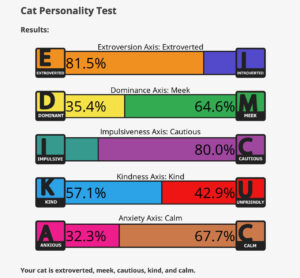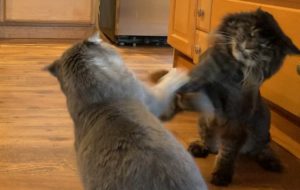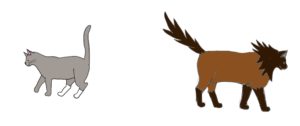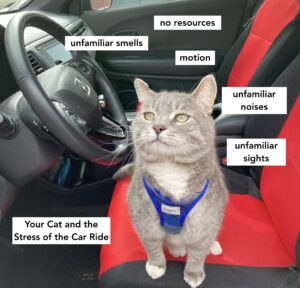 Cats tend to be homebodies – your cat’s ideal day may include eating breakfast, then finding a sunny window to nap in. Midday is time for a stretch and a snack; if the weather is nice, he may want to spend some time in his catio. Unlike dogs, few cats become ecstatic at the prospect of a car ride, hanging their heads out of the window.
Cats tend to be homebodies – your cat’s ideal day may include eating breakfast, then finding a sunny window to nap in. Midday is time for a stretch and a snack; if the weather is nice, he may want to spend some time in his catio. Unlike dogs, few cats become ecstatic at the prospect of a car ride, hanging their heads out of the window.
Once your cat accepts his carrier, the next step to getting him to the vet is the car ride. The car ride introduces additional stressors for your cat to experience. Here are some tips to help your cat cope with the stress of the car ride.
Help your cat cope with the stress of the car ride
Unfamiliar Smells and Scents
Include your cat’s familiar bedding in her carrier to offset the unfamiliar smells of the car with the reassurance of her own, individual scent. Spraying the carrier with feline facial pheromones (Feliway Classic, Comfort Zone Calming) also sends a message of security and territory to the traveling cat. Make sure to spray the carrier 15-20 minutes before your cat enters it so that the alcohol in the spray dissipates.
Lack of Resources
Delays due to accidents or road construction are part of car travel. Make sure to provide your cat some resources on the way. A non-slip absorbent pad for accidents is part of a well-equipped carrier. On long car rides, you may want to consider putting some ice cubes in a bowl that will gradually melt, provide water to drink and less mess in case of spills.
Motion
Some pets may be prone to motion sickness – this may be in part due to anxiety. Carrier/travel training can alleviate some of this. Travel medications for anxiety and nausea will be addressed in a later post in this series.
Unfamiliar Noises
Horns honking, engine noise, and sounds of passing vehicles are part of the car travel experience. Try offsetting these unfamiliar noises with some cat-specific music (https://www.musicforcats.com/).
Researchers at the University of Wisconsin composed music that would calm cats. In 2019, this cat music was tested in the veterinary clinic at Louisiana State University. Stress and handling scores were lower for cats exposed to the “cat music” than the scores of cats exposed to silence or classical music. (see Cat Music:Just for Cats).
Unfamiliar Sights
Flashing lights and large vehicles going by your car can startle and frighten your cat. Consider covering your cat’s carrier to shield him from unfamiliar sights.
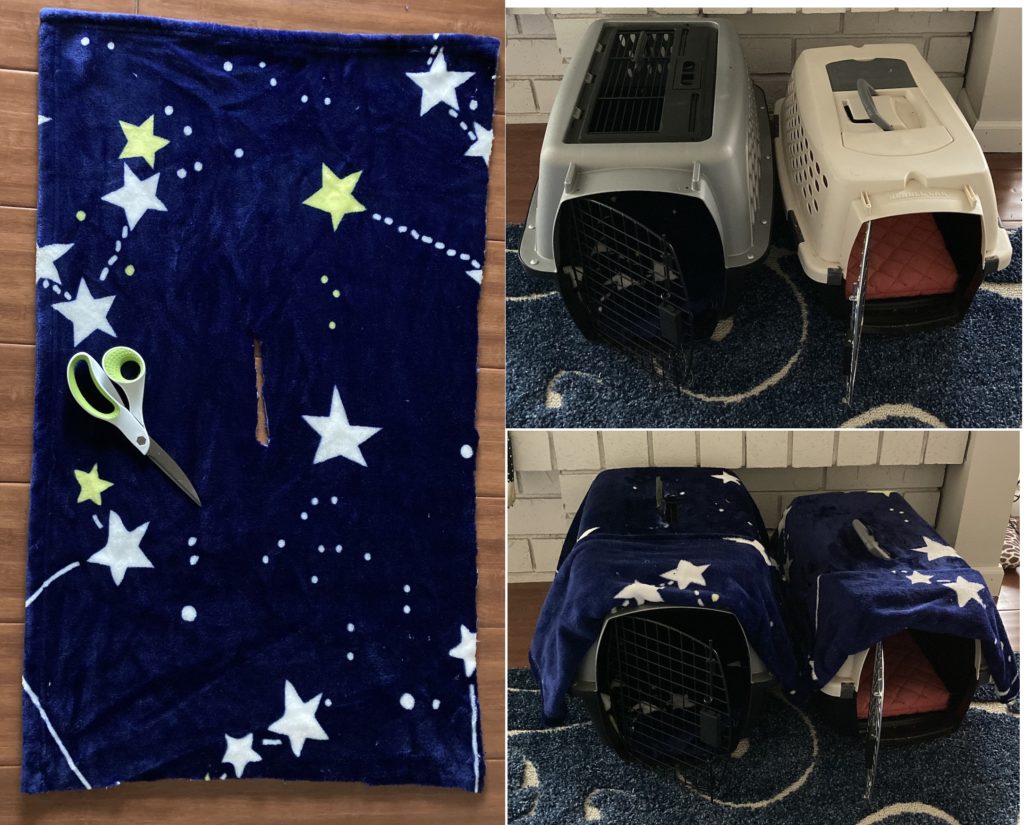
Help your cat cope with the stress of the car ride: Practice rides
Of course, there is nothing like actually having some positive travel experience. When teenagers first get their drivers’ permit, there is some anxiety and excitement on those first few drives that goes away as they gain experience driving.
Some short “practice drives” with positive reinforcement can help your cat cope with the stress of the car ride. If your cat is clicker-trained, the clicker can be used to trigger some positive emotions – your cat associates the sound of the click with something good such as treats.
First, let’s get your cat used to the car.
- Have your cat enter his carrier. Click and treat.
- Carry the carrier to the car and put it inside.
- After a few minutes, take the carrier back into the house and let kitty out. Click and treat.
Once your cat is comfortable sitting in his carrier in the car, get ready to do some driving.
- Have your cat enter his carrier. Click and treat.
- Carry the carrier to the car and put it inside.
- Start the engine and let the car idle for a few minutes. Play music if you plan to use it.
- Go for a drive around the block.
- Return home and turn car off.
- Take the carrier back into the house and let kitty out. Click and treat.
Your cat now has some travel experience under his belt. Car travel should now be a little less scary. Every so often, take kitty for a spin around the block or to a park nearby if he will ride in a backpack or stroller. Try to allow him some positive experiences where the car drive does not end up at the vet. (For information about your cat’s safety and carrier placement in the car, visit https://www.centerforpetsafety.org/).
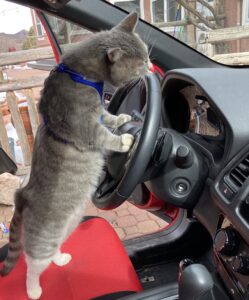

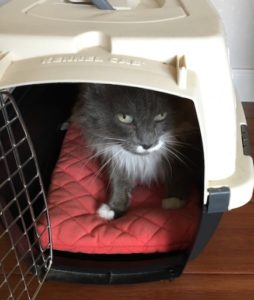
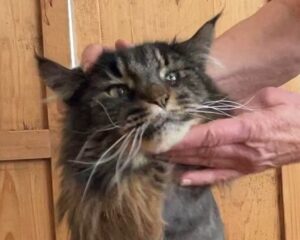 Sedation is one way to relieve anxiety and fear. But sedation works better when your cat is used to being handled. (For more about sedation, see
Sedation is one way to relieve anxiety and fear. But sedation works better when your cat is used to being handled. (For more about sedation, see 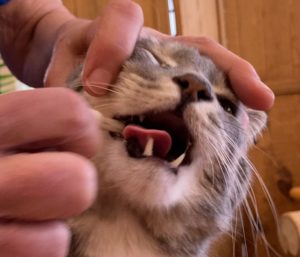 In Part 1 of Brushing Your Cat’s Teeth: Why and How, we learned that brushing your cat’s teeth with a pet toothpaste such as the
In Part 1 of Brushing Your Cat’s Teeth: Why and How, we learned that brushing your cat’s teeth with a pet toothpaste such as the 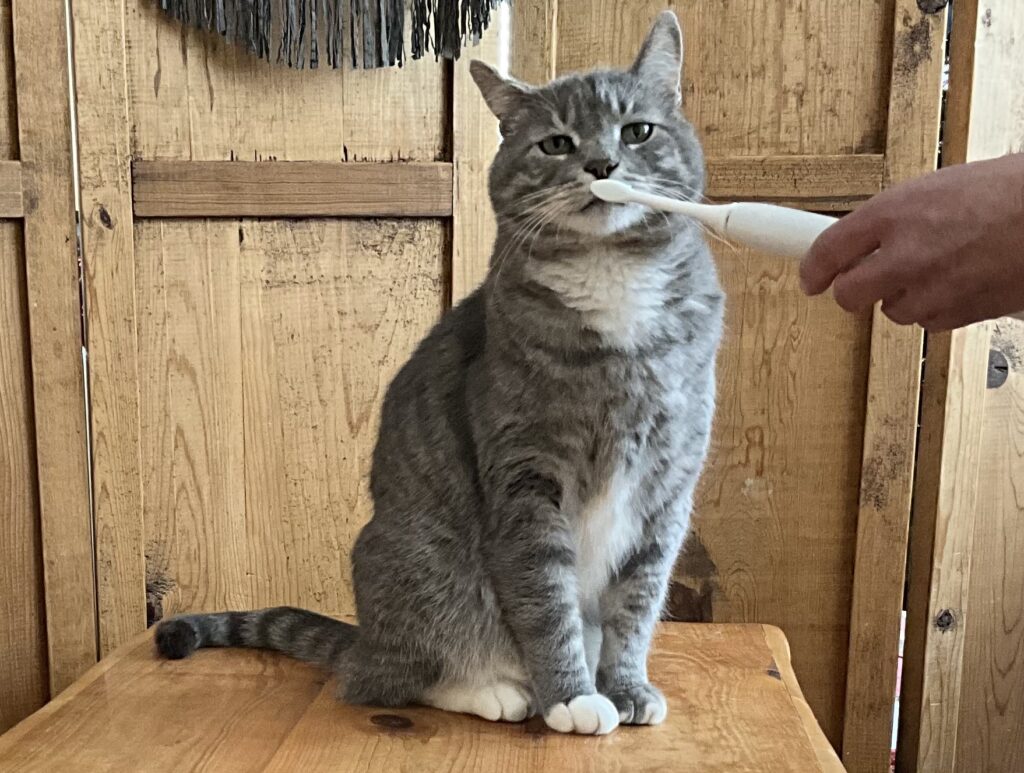
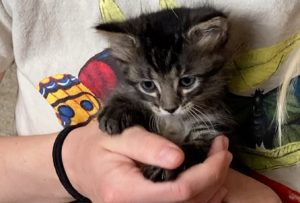
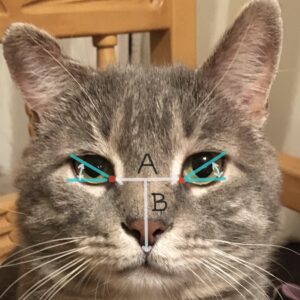 The nose length (B) was reported relative to facial size, the distance between the inside corners of the eyes (A). Eye angles measured the slant of the eyes, from the inside corner to the outside corner.
The nose length (B) was reported relative to facial size, the distance between the inside corners of the eyes (A). Eye angles measured the slant of the eyes, from the inside corner to the outside corner.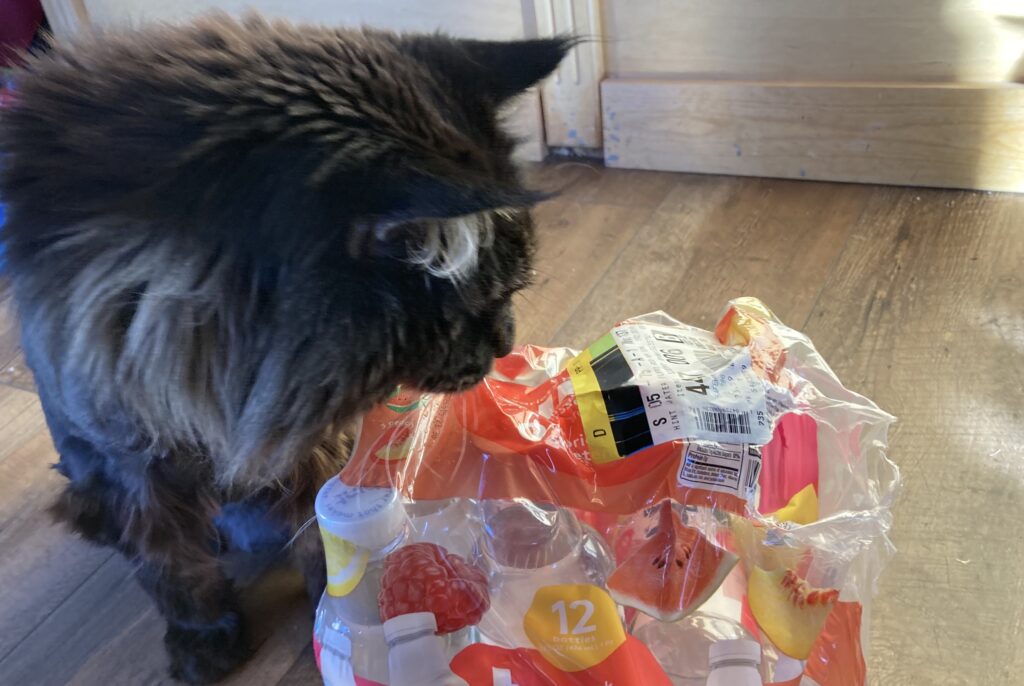 Have you had or do you have a cat who would eat anything – hair ties, ribbons, plastic – in addition to food? Have you experienced the anxiety waiting for your cat to pass whatever object you think he ate? It is not unheard of for cats to eat, chew or suck on non-food items. This behavior is called pica. How do you manage the cat with pica?
Have you had or do you have a cat who would eat anything – hair ties, ribbons, plastic – in addition to food? Have you experienced the anxiety waiting for your cat to pass whatever object you think he ate? It is not unheard of for cats to eat, chew or suck on non-food items. This behavior is called pica. How do you manage the cat with pica?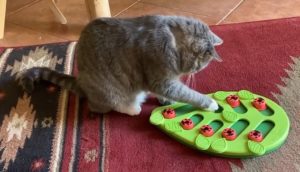 Keeping kitty busy
Keeping kitty busy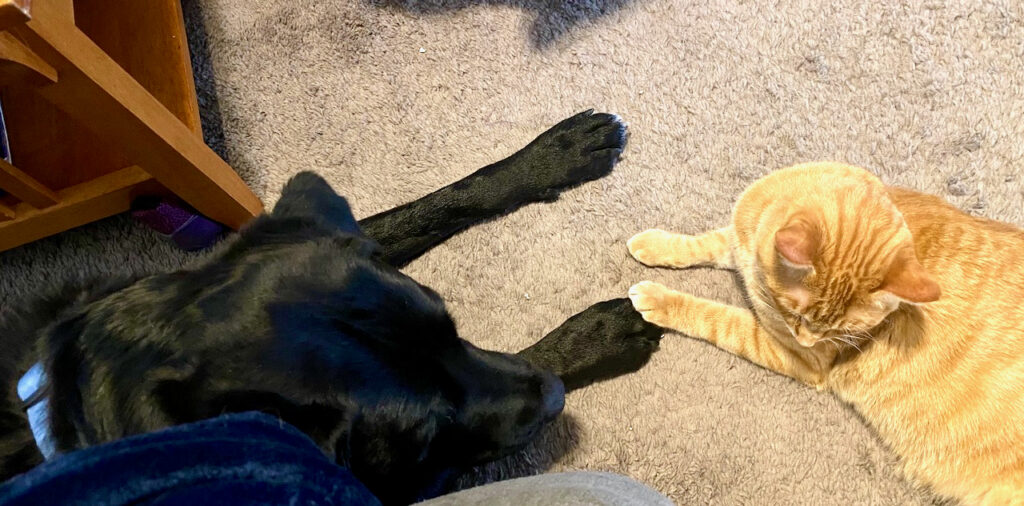 In this post, we look at how cats get along with other species – are their behaviors affiliative or is there conflict?
In this post, we look at how cats get along with other species – are their behaviors affiliative or is there conflict?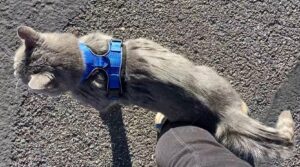 Cats use the same friendly behaviors when interacting with people as they do with other cats.
Cats use the same friendly behaviors when interacting with people as they do with other cats.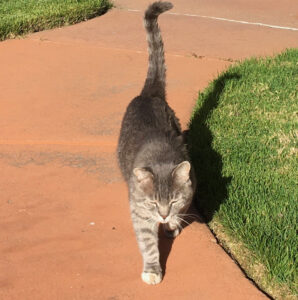 A Tale of Tails
A Tale of Tails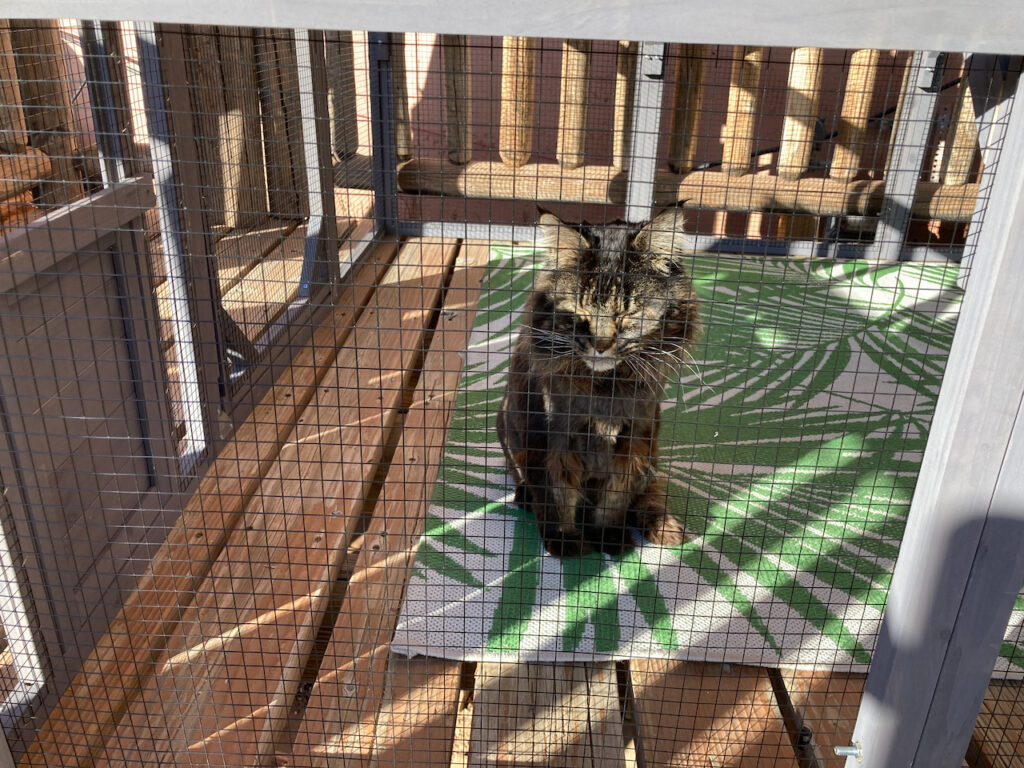 In the U.S., it has become common to keep cats solely indoors. Indoor cats live longer – they are not run over by cars, hunted by coyotes, or injured in cat fights.
In the U.S., it has become common to keep cats solely indoors. Indoor cats live longer – they are not run over by cars, hunted by coyotes, or injured in cat fights.



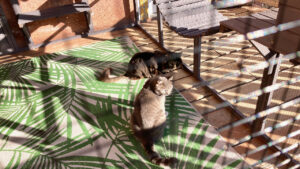
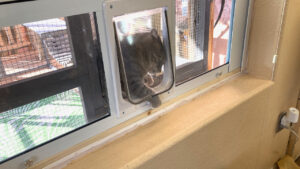
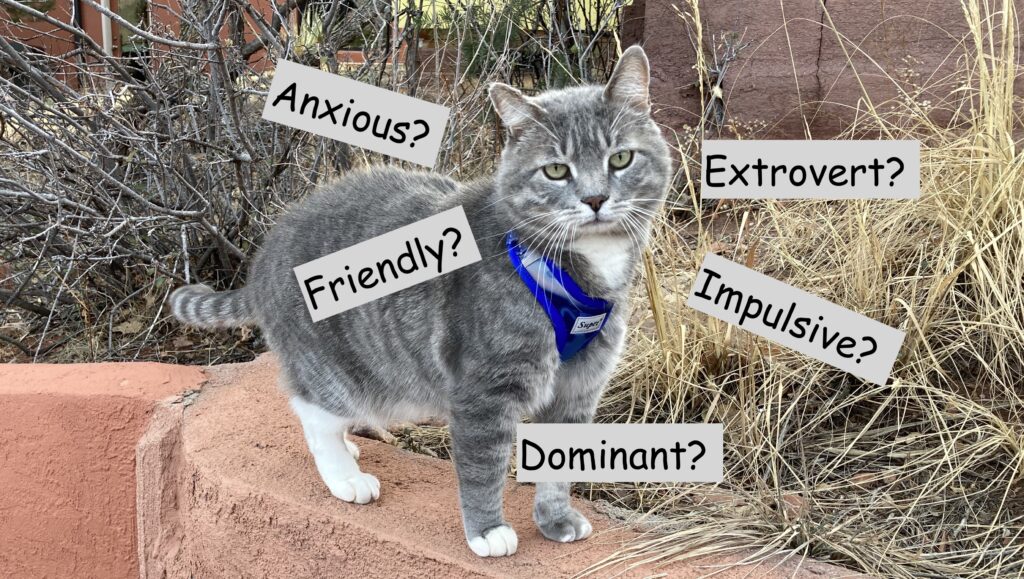 Do cats have personalities? If you
Do cats have personalities? If you 